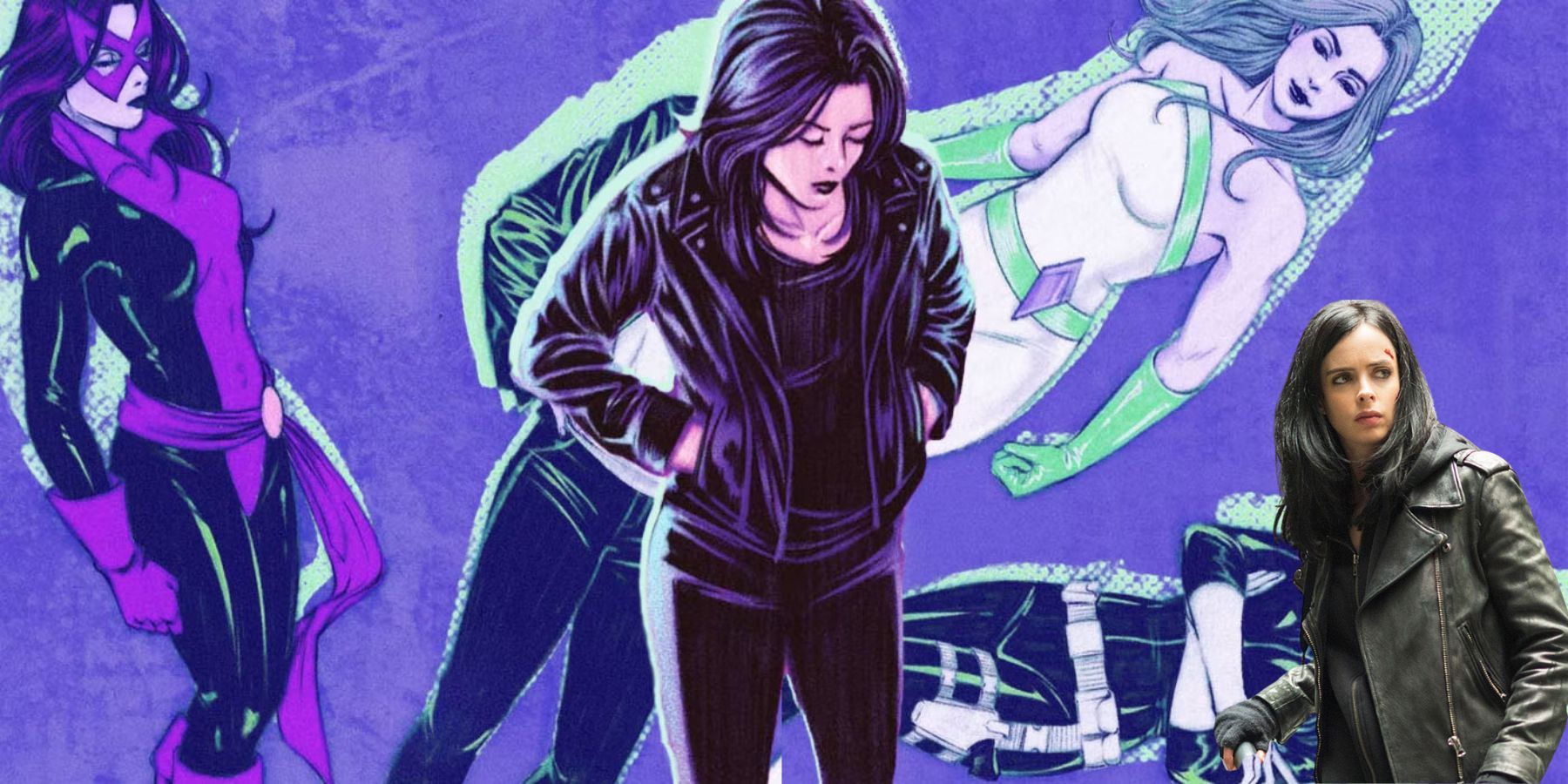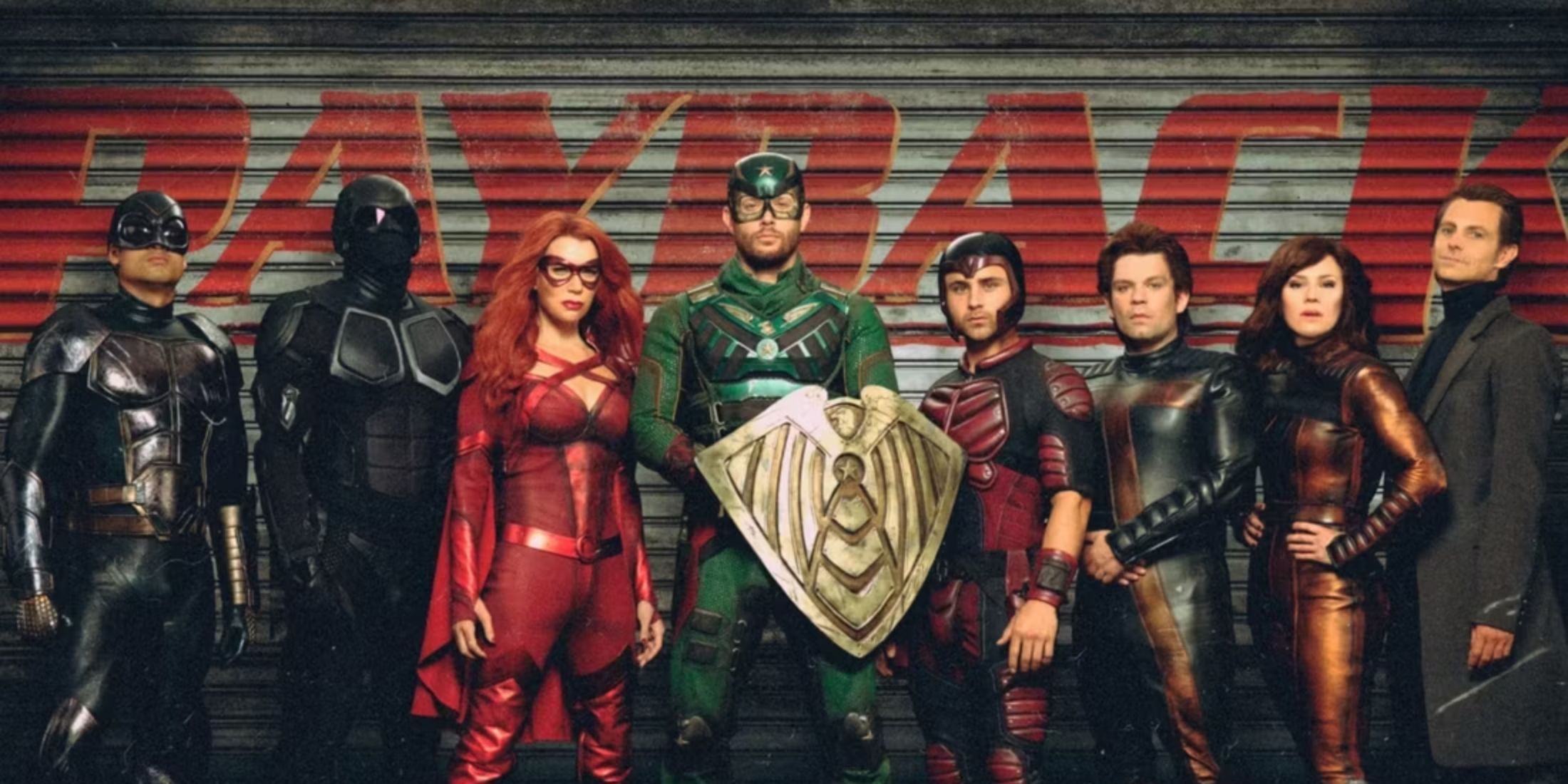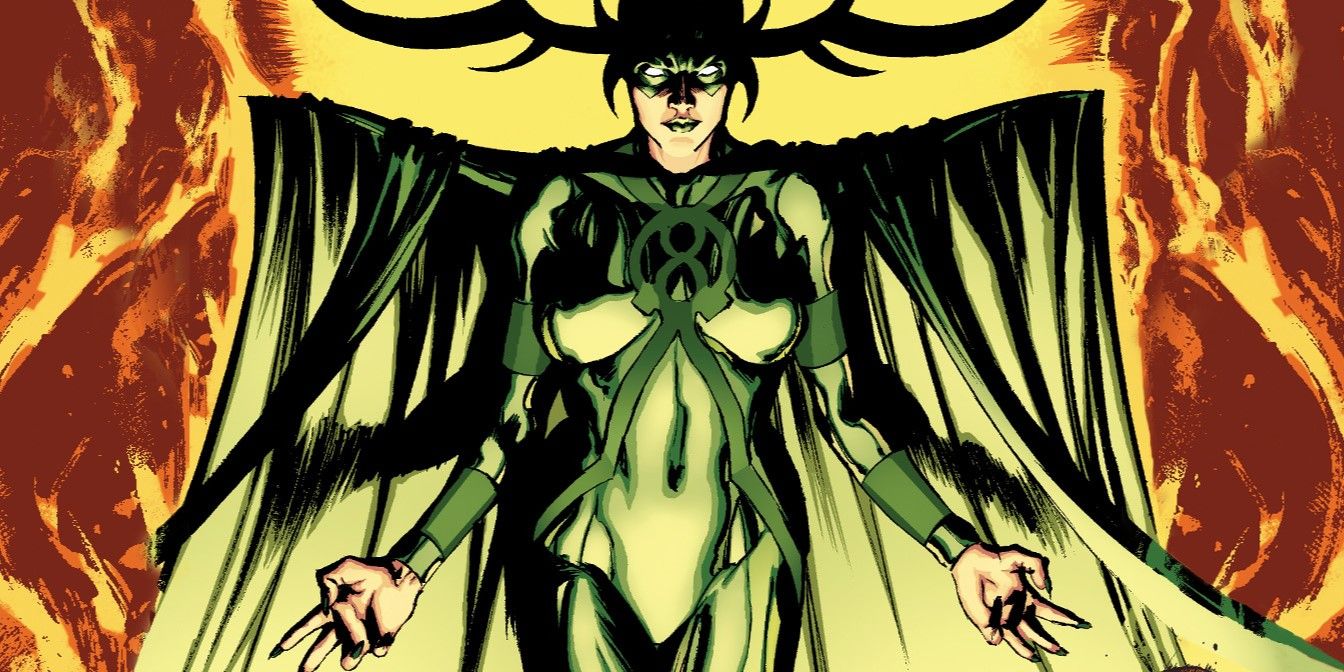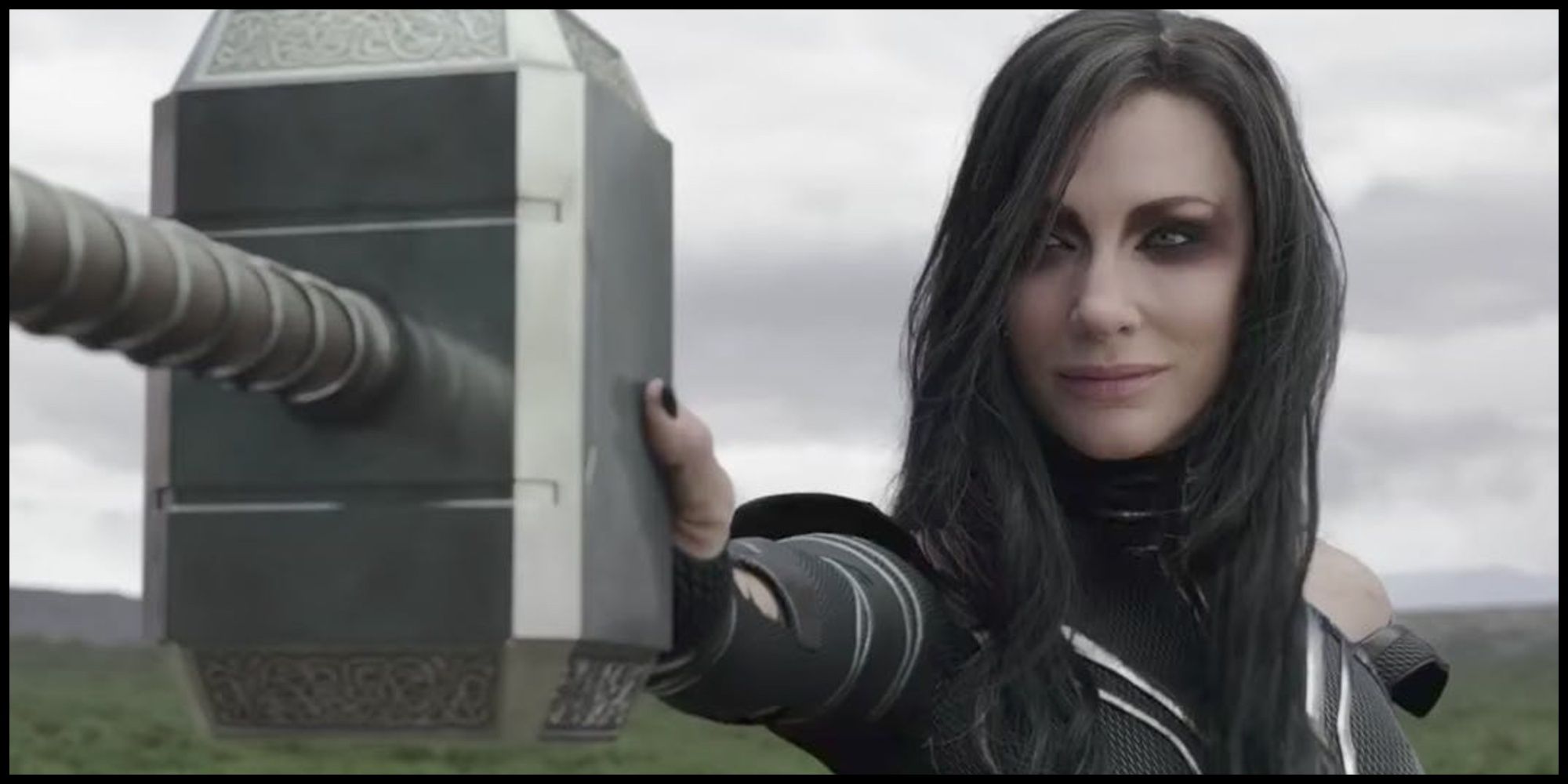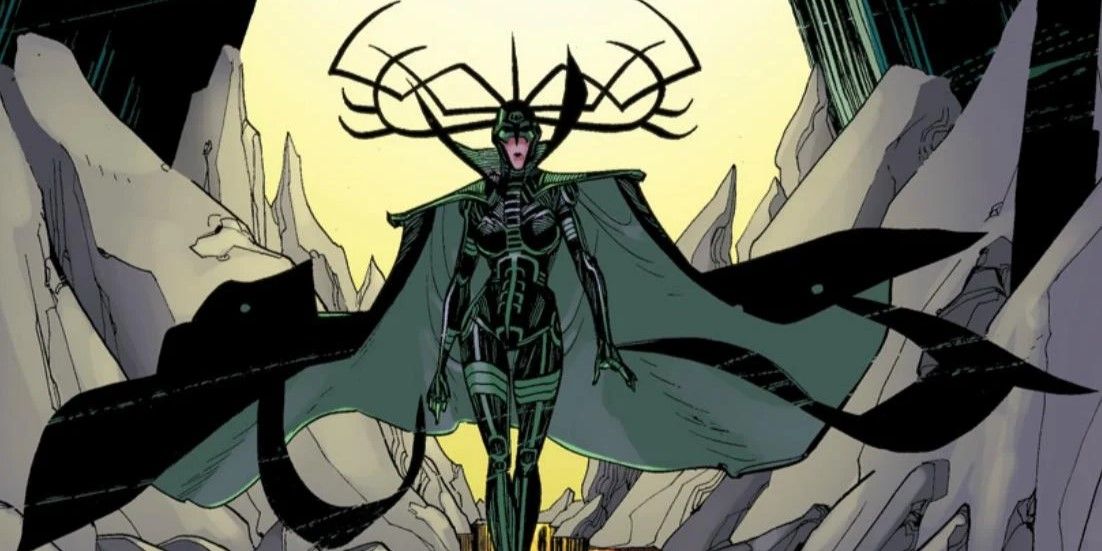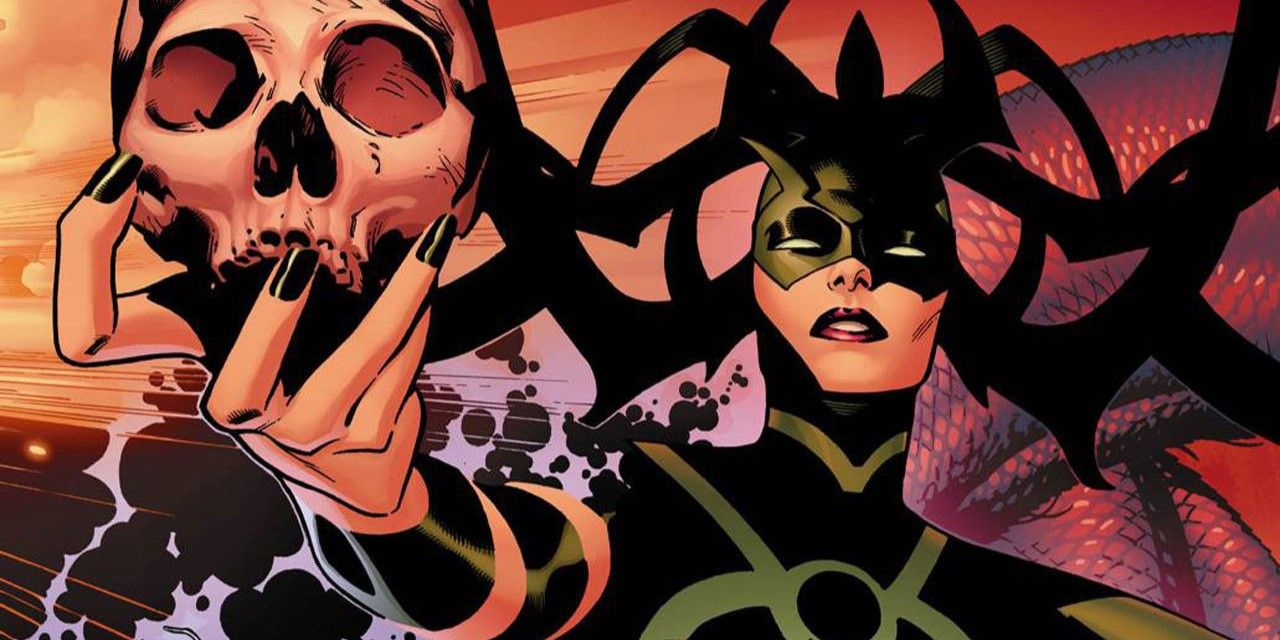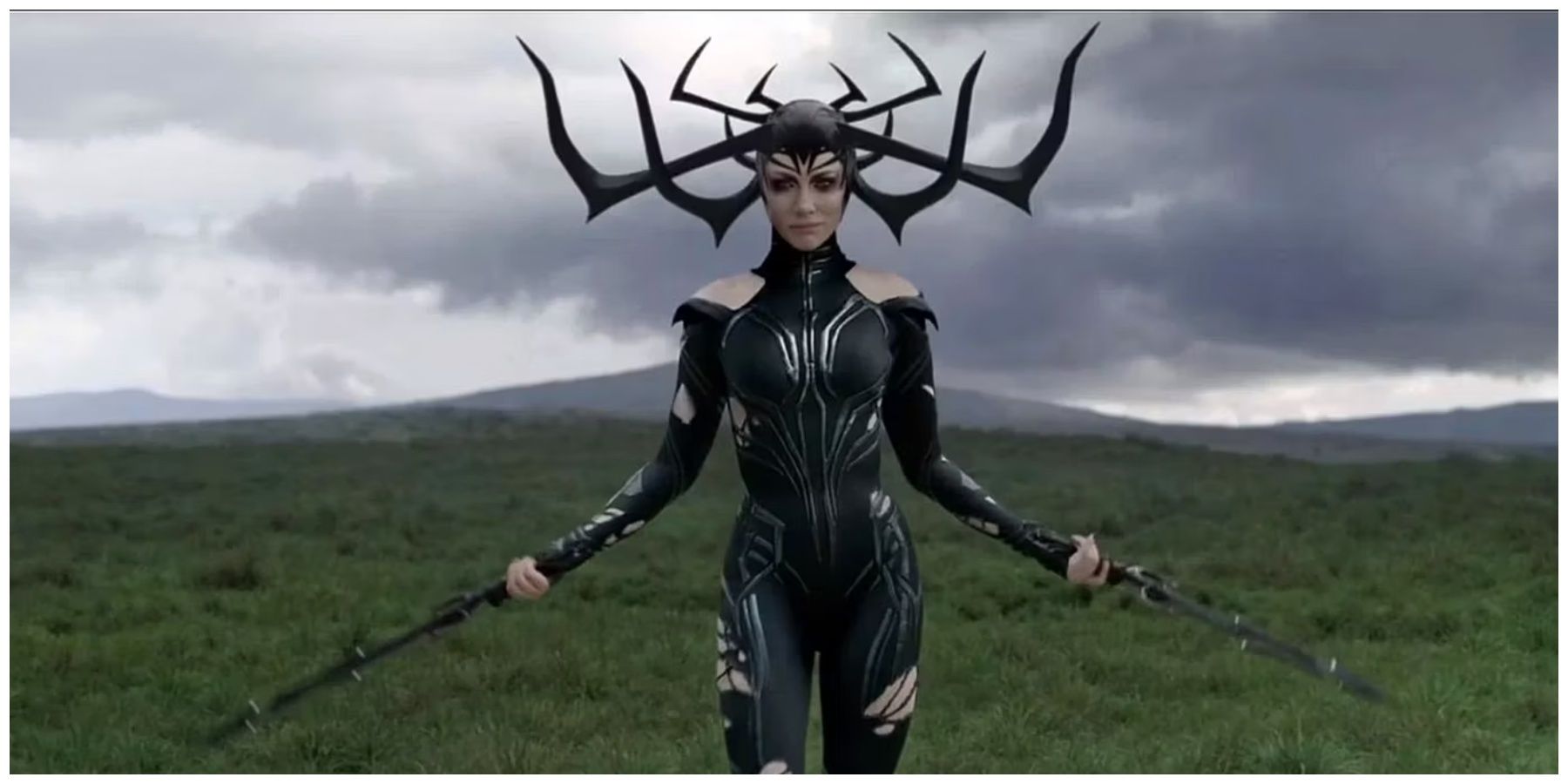Quick Links
For the most part, many comic-book-adapted films and TV shows are based on pre-existing comic book series storylines. And while there are more direct adaptations of those books -- like Batman: The Dark Knight Returns or The Killing Joke -- most of the time, the films simply take certain inspirations from the paperback stories and develop their own unique plots.
Not only are stories adapted, but characters are often brought to the big screen with various homages paid to their comic book versions. This is easier to achieve with characters like Thor or Iron Man, who have several movies to their names, giving them a lot of time to develop and mold into their live-action character. But it starts to get trickier with characters who are only featured a few times -- or even just once -- in franchises like the MCU.
One prominent character that comes to mind is the goddess of death herself, Hela. In the MCU, Hela debuted in Thor: Ragnarok, and was for sure a force to be reckoned with. But how does her live-action appearance compare to her many appearances in Marvel Comics?
Who Is Hela in the MCU?
Hela (MCU) | |
|---|---|
Portrayed By | |
MCU Appearance | Thor: Ragnarok |
In the MCU, Hela only appeared in one film: Thor: Ragnarok. In the movie, she was the sister of Thor and Loki, thus, the only daughter -- and firstborn -- of Odin. Up until this point in the MCU, Hela had been banished to Hel. Odin was able to keep her imprisoned in the underworld for as long as he was alive, binding his life force to the realm, which prevented her from ever escaping. That is until his death.
In the opening minutes of Thor: Ragnarok, Odin passes away, which sets Hela free from Hel. The very first place she ventures is to Earth (or Midgard), where Thor and Loki are as she looks to reclaim her rightful place as Asgard's ruler. While Thor and Loki attempt to stop her, they quickly learn that they are of absolutely no match for her power, as she literally crushes Thor's hammer, Mjöllnir, with her bare hands.
Long before Thor and Loki were born, Hela actually ruled Asgard alongside her father, conquering the Nine Realms together. But soon, her hunger for power was too much, destroying nearly all the Valkyrie warriors in a single stand-off, and Odin had her banished to Hel in fear that she was too powerful for the good of the universe, with Hela explaining in the film:
We were unstoppable. I was his weapon in the conquest that built Asgard's empire. One by one, the Realms became ours. But then, simply because my ambition outgrew his, he banished me, caged me, locked me away like an animal.
And his worries were warranted, as she wastes no time after returning to Asgard, killing some of the greatest soldiers Asgard has ever seen, the Warriors Three (Volstagg, Fandral, and Hogun), with ease.
And even though she seems like the ultimate power in the MCU, her character in Marvel Comics might be even more dangerous.
How Does Hela Compare to Her Appearances in the Comics?
Hela (Marvel Comics) | |
|---|---|
First Comic Book Appearance | Journey into Mystery #102 (March 1, 1964) |
Number of Comic Book Appearances | 61 |
Created By | Stan Lee and Jack Kirby |
To give an introductory idea of how much more powerful Hela was portrayed in the comics compared to the MCU, instead of being regarded as the goddess of death, she is death in the comics. She has total control over not only the deaths of Asgardians, but also over mortals on Earth. The comic version of Hela instead chose to rule over Hel, and thus, was the ultimate decider of when people's time of death was, to the point that when she was at one time killed by Odin in Thor #190 (1966), death was impossible among Asgardians and Earthlings, causing absolute chaos in the natural order of things. And so, Odin was forced to resurrect her.
Some of her other notable abilities in the comics that are absent from the MCU include: teleportation between the realms, the ability to bring others back to life, time travel, telekinesis/mind manipulation, and soul control. Basically, she nearly has the power of all six Infinity Stones (speaking of, there is one story that sees Hela as Thanos' partner, both in their conquest of the galaxy and romantically).
An interesting difference Hela's comic book character has is her relationship to Thor and Loki. She's actually the daughter of Loki and the giantess Angerboda, and the niece of Thor. And so, her desire for power is not a concept of reclaiming the throne, rather, she embraces her place among Odin and the Asgardians and wants to destroy the Nine Realms and claim the souls of all the living. Because of her voluntary rule over Hel, she and Thor face off against each other many times.
Why the MCU Made Changes to Hela
There could be numerous reasons why the MCU decided to change Hela from the comics. First off, there's no reason film adaptations need to follow exactly the storyline of the character they're bringing to live-action. In most cases, changing certain aspects of pre-established characters makes for a more unique and unpredictable plot that is enjoyable for casual and die-hard fans alike.
But more practically, if the MCU had made Hela more accurate to her comic book depictions, defeating her without Odin would be considered impossible, as he is the only one to have ever taken her out in the comics. Imagine if Hela in the MCU could time travel or just teleport to wherever she likes, no one would stand a chance.
Also, changing her relationship with Thor and Loki made sense because she was never mentioned before Thor: Ragnarok. And so, having a sister that was banished to Hel and held there until Odin's death makes for a better and more believable story than Loki having had a daughter at some point in his life. Hela being Loki's daughter would've felt random and forced in the MCU, whereas the alternative is much easier to accept as a viewer and a fan.
What Happens to Hela in the MCU
After defeating the Warriors Three in Asgard, Hela begins forming her own massive army of followers, including resurrecting the Draugr army -- the army of undead soldiers -- with the Eternal Flame. However, she can't go beyond Asgard because she's not in possession of Hofund, the Bifrost sword. Before she can leave Asgard, Thor, Loki, the Hulk, Valkyrie, and some gladiator soldiers from Sakaar fight her and the Draugr.
The fight is merely a distraction, as Thor realizes they are incapable of defeating her, while Loki sneaks into the palace and places Surtur's crown -- the Crown of Black Fire -- onto the Eternal Flame, bringing to life the entity Ragnarok. By prophecy, Ragnarok is meant to be Asgard's reckoning. With that, part of what makes Hela so powerful and invincible is Asgard itself. And so, with Ragnarok released, Thor and company escape from Asgard, leaving Hela behind to defend it herself, to which she fails and ultimately falls to the might of the deadly Ragnarok.
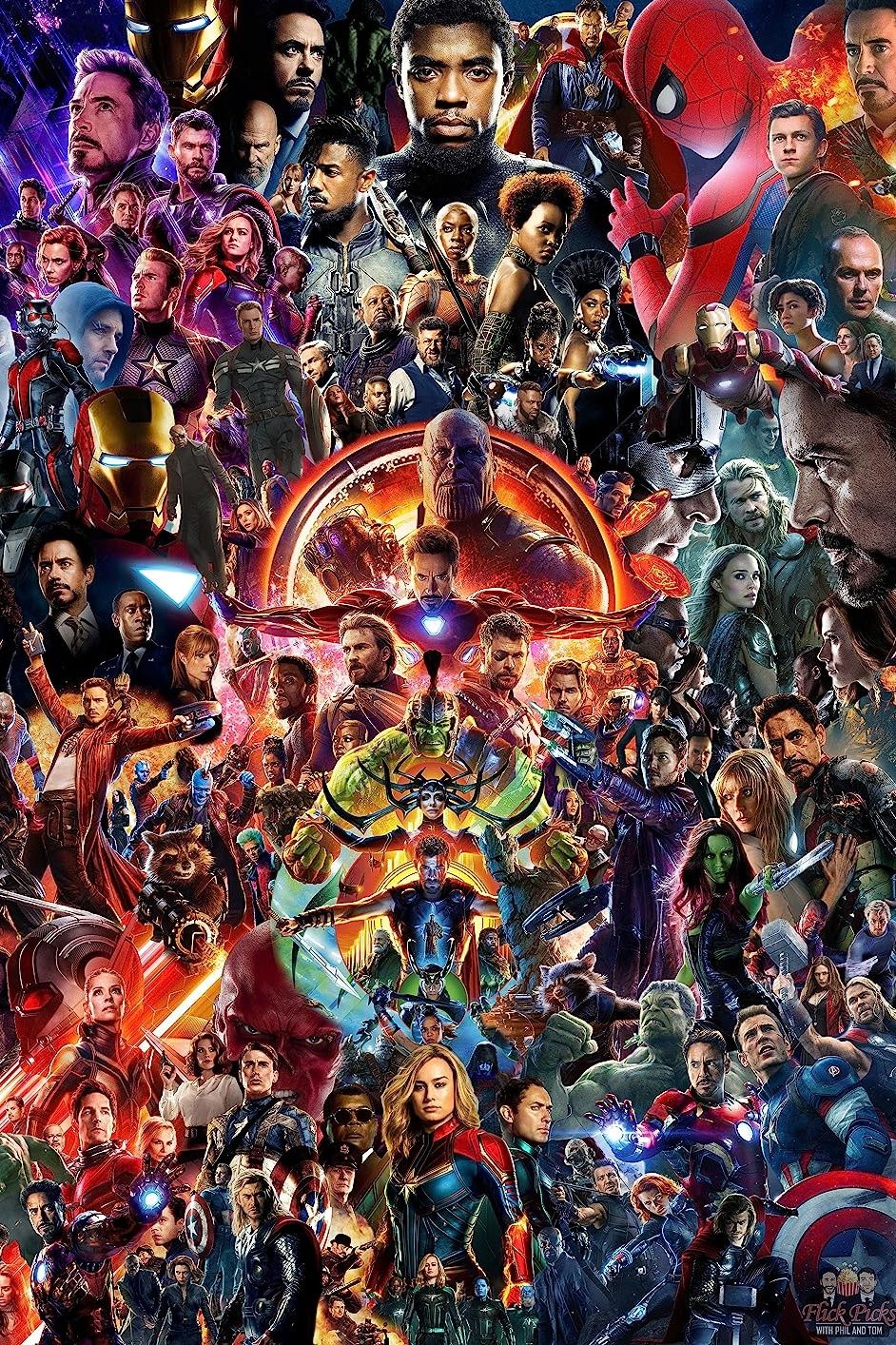
MCU
The Marvel Cinematic Universe (MCU) is a sprawling movie and television franchise that weaves together individual stories of superheroes including Captain America, Thor, Spider-Man, Hulk, Black Widow, and many more. The first film in the franchise, Iron Man, was released in 2008. The MCU has garnered critical praise and financial success, earning billions at the box office and becoming a cultural phenomenon.

